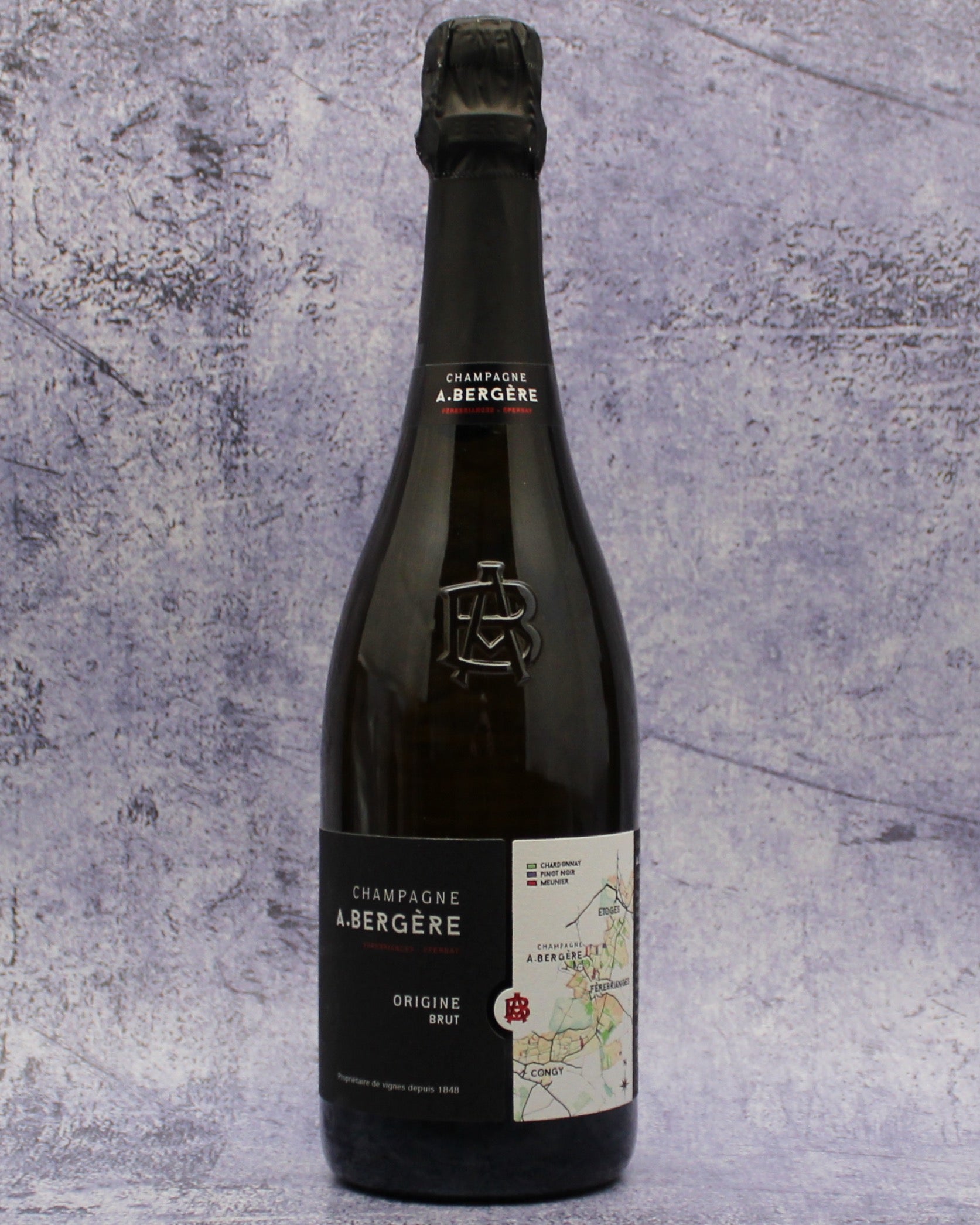Description
From: Èpernay, Champagne, France
Varietals: 70% Chardonnay, 20% Pinot Noir, 10% Pinot Meunier
Tasting Notes: It presents a lovely straw color and a fluffy mousse. It offers a generous array of aromatics, with notes of nectarine, citrus, nougat, and spicy hints of graham cracker and toasted almond. It is medium-bodied and elegantly structured on the palate, showcasing golden apple, pear, and orange flavors. Creamy undertones of fresh-baked bread and brioche and a subtle minerality complement it. The wine is characterized by its fine, persistent bubbles and balanced acidity, producing a fresh, crisp, and exceptionally long finish. It is a complex yet approachable wine with layers of flavors and a delightful creamy texture.
Pairing: Its vibrant acidity and elegant bubbles make it an excellent match for seafood dishes like oysters on the half-shell, grilled scallops, and sushi rolls, particularly those featuring fresh tuna or salmon. The creamy notes in the wine complement rich and
savory options such as lobster bisque, mushroom risotto, and roasted chicken with herbs. Consider pairing it with smoked salmon and scrambled eggs or an asparagus and goat cheese quiche for brunch. The wine's crisp finish also cuts through the richness of fried foods like tempura vegetables or crispy calamari, making for a harmonious and satisfying combination.
Scallop and Pepper Tempura
By Florence Fabricant
About. It was a rare opportunity to meet the young Adrien Bergère, whose family domaine has one foot in the under-announced territory of Fèrebrianges, with its diverse soils, just 15 minutes south of Épernay, and one in the epicenter of Grand Cru terroir, with a core of enough quantity and variation in vines to showcase an entirely new message.
Adrien Bergère did not suddenly appear with vines and a cellar. He is the next generation of a family that built their sizable estate as farmers in the heart of the Vallée du Petit Morin. At full scale, the family now works 45 hectares. It is here where Adrien calls home and admits having so much great terroir at his disposal at such a young age is a true gift. Barrels and foudre have outnumbered the steel tanks. A solera project has kicked off. And Adrien has a line of Parcellaire wines in the stacks, the first look into his personal findings from his terroir.
The Bergère family has tended vines on the slopes of the Vallée du Petit Morin since 1848, and in 1949, Albert Bergère founded Maison Bergère to better promote the family’s terroir. In 1986, Albert’s son, André, took over the estate and further expanded their vineyard holdings. His wife, Brigitte, established their boutique on Avenue de Champagne in Épernay, which is now managed by their daughter, Annaëlle.
Adrien Bergère joined his parents and sister on the estate in 2014 as winemaker after obtaining his diploma in oenology. He arrived with the desire to further enhance his family’s terroirs and showcase the richness of the Vallée du Petit Morin. To achieve this, he immediately began to vinify all the parcels separately to better understand the diversity of his terroir and isolate the best parcels, which gave birth to the parcel-based range and the two Coteaux Champenois, in addition to the traditional range already established by his family. Between 2014 and 2018, Adrien experimented. He introduced barrels and foudres, which allowed him to analyze his wines on different vinifications and adapt his work to best express his terroirs.
The entire estate aspires to full organic conversion, with 6 hectares currently certified and another 2 in conversion. But Bergère will not include this on the label until the majority of their vines have been certified. With so many hectares under vine, it’s a huge undertaking, and they are moving towards it slowly and deliberately, vowing to work in the best way possible.
Champagne A. Bergère has not seen international exportation until very recently, and is an exceptional example of what Grower Champagne truly can be.
This cuvée is composed of 70% Chardonnay, 20% Pinot Noir, and 10% Pinot Meunier, sourced from the villages of Fèrebrianges, Etoges, Congy, and the Vallée du Petit Morin. The vineyards are characterized by sand and clay soils over limestone, contributing to the wine's distinct minerality and complexity. Vinification involves aging on lees, with a portion of the wine matured in foudres and 228L barrels, enhancing its depth and texture. The cuvée is finished with a dosage of 5g/L, balancing its vibrant acidity with a touch of sweetness.

